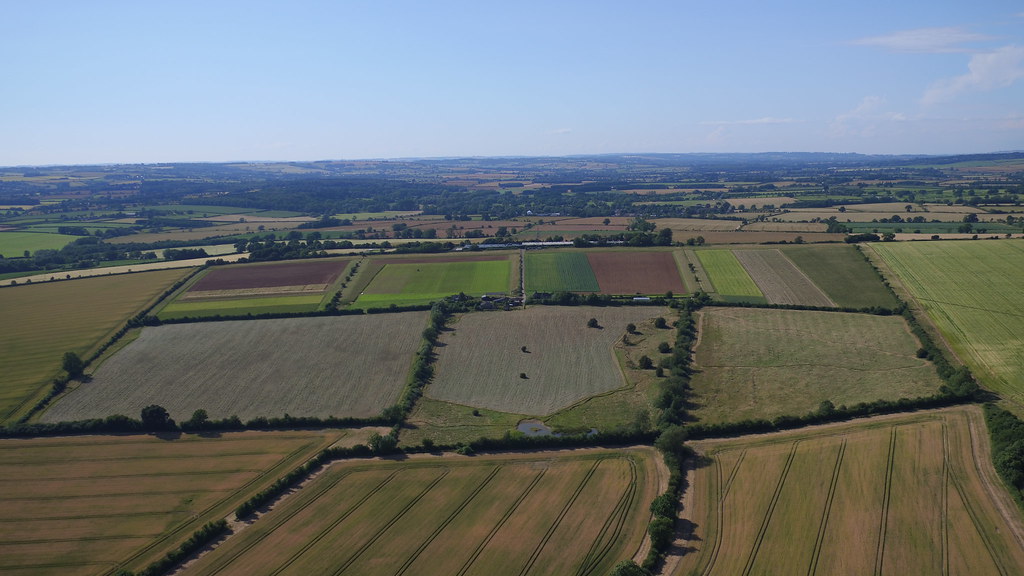Buckwheat & Barley Mow
A Novel Old Idea From Arthur Young
We’ve sown buckwheat as a companion crop for the herbal ley in the first reseed of our new mixed farming rotation. The large leaves of the buckwheat act like an umbrella, effectively shielding and protecting the new ley and stopping the sun burning down on the bare soil and drying it out fast as the seedlings come through. The buckwheat will then be killed off by winter frosts, leaving only the grass. It’s an ingenious method but it’s actually an old technique, observed and recorded by agricultural writer Arthur Young back in the 1800s.Before sowing the grass we sowed the buckwheat at a rate of 20 kilos per acre. At this rate the buckwheat was open enough to leave space for the grass. If it was denser, the grass would be smothered and at 15 kilos per acre, our first sowing, it was too light.
.png)








0 comments: